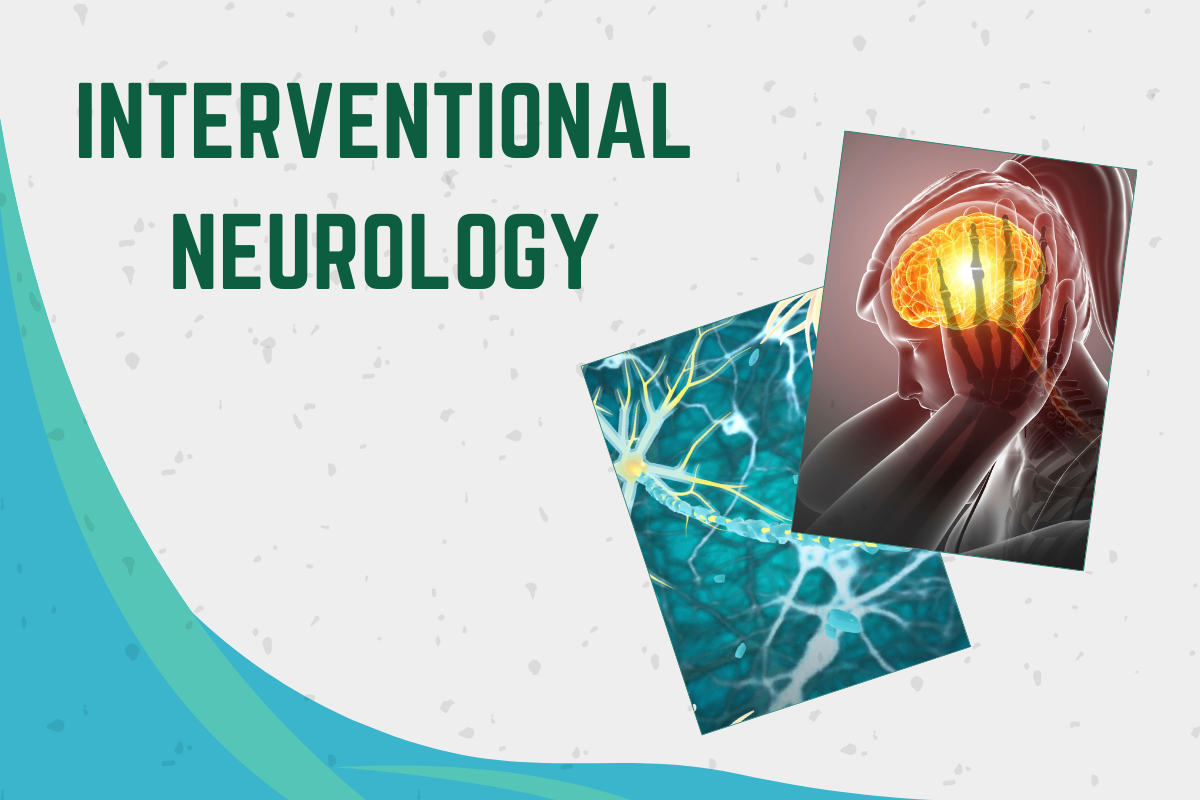INTERVENTIONAL NEUROLOGY
Interventional neurology refers to endovascular, catheter-based techniques using fluoroscopy and angiography to diagnose and treat vascular disease of the central nervous system. Interventional Neurology has evolved (and still evolving ) into a complex field, with a set of techniques and a knowledge base that are distinct from other fields of medicine. Rapid advances in the field of interventional neurology and the development of minimally invasive techniques have resulted in a great expansion of potential therapeutic applications.
Here is a brief view of current endovascular treatments available for various vascular disorders of brain and spine and also future of Interventional neurology.



